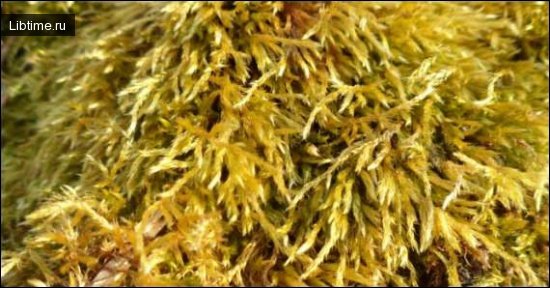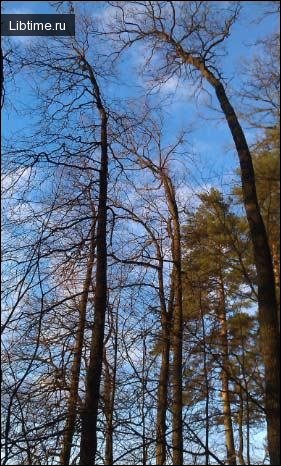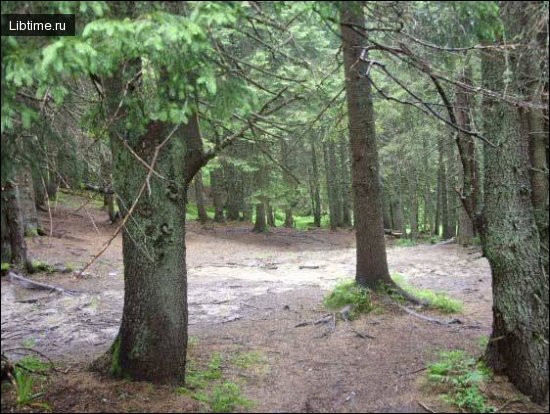Landmarks of orienteering
Every element of nature around us has its own significance and is closely related to other seemingly useless objects.
And whether it is a small insect or a fixed stone, it is collectively our home, which we must cherish. 
Orienteering by mushrooms
Many of us know that mushrooms like to grow under trees or on stumps. But have you ever noticed that they grow mostly on the north side of a tree or stump?
Moss also likes to grow on that side. In fact, it is quite common to see the north side of a stump covered with moss where mushrooms grow. Thus, mushrooms are a good sign for orienteering. 
Redheads growing south of the tree have a greenish-blue coloring, a rough, dry surface, although the stem and cap are red and juicy in section.
Berries are signs for orienteering
Berries also help in orienteering. In an open forest glade, fruits ripen earlier from the south. So, the north is in the opposite direction.
In the forest berries (blueberries, blackberries, cowberries, blueberries, cloudberries, cranberries) on the southern side are heated better and ripen faster than on the northern side. 
The sky was covered with gray clouds, rain began to pour down. The clearing, overgrown with young pine trees, occupied dozens of square kilometers. Around the horizon, the upper line of the dark forest, covered with a shroud of fog, was visible.
Even experienced people could not easily understand and orient themselves in such an environment. The children became despondent. Everyone was thinking about what signs of orientation could be found in the forest. Suddenly one of the boys came to the berry bushes near the nearest stumps.
- Here, look, - he said, - on one side there are more berries and they are riper - this is the southern side. And in the morning we went northward into the forest, I noticed the Sun in the cloud gap, it was on the right. It means that we have to go back home to the south.
Everyone carefully examined the berry patch and, convinced of the correctness of his comrade's words, went home, where they were eagerly awaited. Thus orienteering by berries helped to find the way.
Signs of orienteering by grass
In open forest glades, the direction is indicated by the grass cover. 
However, if you look closely, you will notice that the grass is thicker on the southern side than on the northern side. Around the second half of summer, the grass starts to turn yellow. On the north side, the green color lasts longer.
Other orienteering signs can be found in the article on orienteering in the forest.


